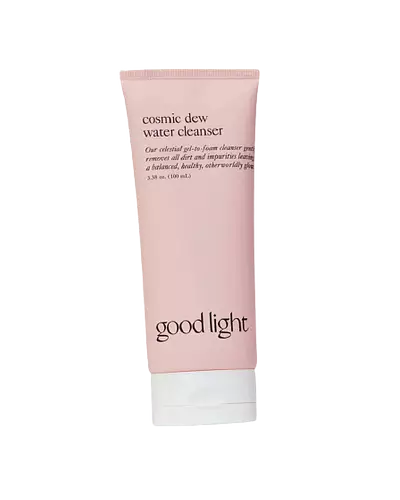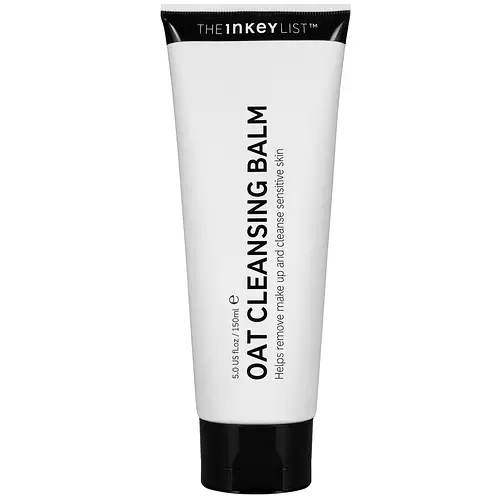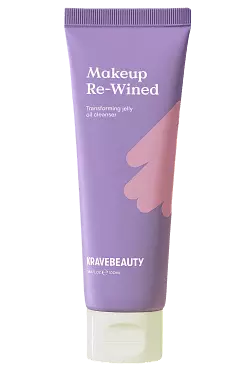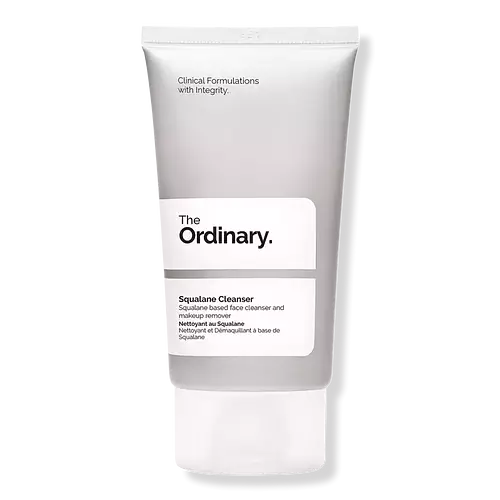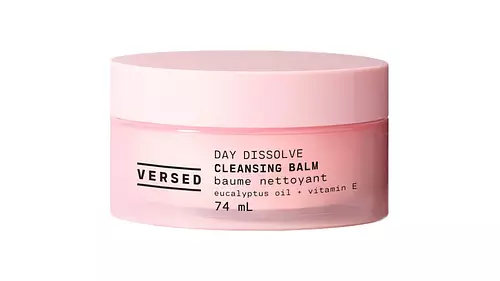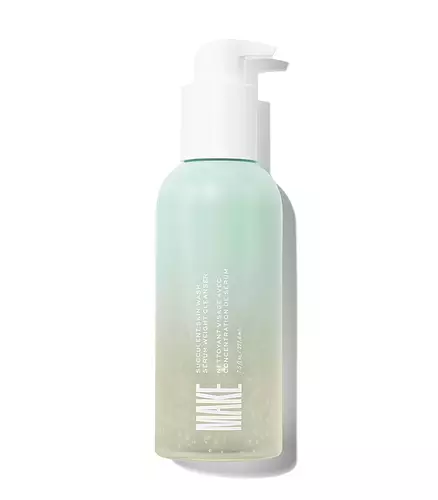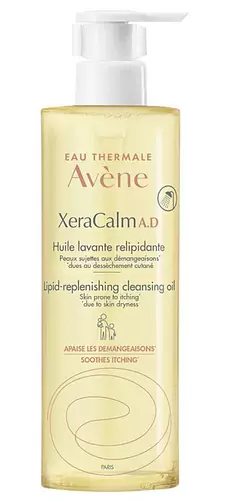Good Light Cosmic Dew Water Cleanser Versus The INKEY List Oat Cleansing Balm
Updated on June 03, 2024
Overview
What they are
These products are both vegan, cruelty-free, and reef safe face cleansers. They have a total of 2 ingredients in common
Cool Features
They both contain Vitamin E
Suited For
They're both likely to be good for dry skin and brightening skin
Free From
They both do not contain any parabens, silicones or sulfates
We independently verify ingredients, and our claims are backed by peer-reviewed research. Spot a product that needs an update? Let us know.
Ingredient Info
Good Light Cosmic Dew Water Cleanser 22 ingredients
The INKEY List Oat Cleansing Balm 19 ingredients
At a glance
Click on any of the items below to learn more
Good Light Cosmic Dew Water Cleanser 22 ingredients
The INKEY List Oat Cleansing Balm 19 ingredients
Notable Ingredients
This product contains 1 ingredient that may have this attribute:
This product contains 1 ingredient that may have this attribute:
Benefits
This product contains 1 ingredient that may have this attribute:
This product contains 1 ingredient that may have this attribute:
This product contains 2 ingredients that may have this attribute:
Concerns
This product contains 1 ingredient that may have this attribute:
This product contains 1 ingredient that may have this attribute:
This product contains 1 ingredient that may have this attribute:
Notable Ingredients
This product contains 1 ingredient that may have this attribute:
This product contains 1 ingredient that may have this attribute:
This product contains 2 ingredients that may have this attribute:
Benefits
This product contains 1 ingredient that may have this attribute:
This product contains 1 ingredient that may have this attribute:
This product contains 1 ingredient that may have this attribute:
This product contains 2 ingredients that may have this attribute:
This product contains 1 ingredient that may have this attribute:
This product contains 2 ingredients that may have this attribute:
This product contains 2 ingredients that may have this attribute:
Concerns
This product contains 1 ingredient that may have this attribute:
This product contains 2 ingredients that may have this attribute:
This product contains 1 ingredient that may have this attribute:
This product contains 2 ingredients that may have this attribute:
This product contains 2 ingredients that may have this attribute:
This product contains 2 ingredients that may have this attribute:
Ingredients Side-by-side
Ingredients Explained
These ingredients are found in both products.
Ingredients higher up in an ingredient list are typically present in a larger amount.
Water. It's the most common cosmetic ingredient of all. You'll usually see it at the top of ingredient lists, meaning that it makes up the largest part of the product.
So why is it so popular? Water most often acts as a solvent - this means that it helps dissolve other ingredients into the formulation.
You'll also recognize water as that liquid we all need to stay alive. If you see this, drink a glass of water. Stay hydrated!
Learn more about WaterTocopherol (also known as Vitamin E) is a common antioxidant used to help protect the skin from free-radicals and strengthen the skin barrier. It's also fat soluble - this means our skin is great at absorbing it.
Vitamin E also helps keep your natural skin lipids healthy. Your lipid skin barrier naturally consists of lipids, ceramides, and fatty acids. Vitamin E offers extra protection for your skin’s lipid barrier, keeping your skin healthy and nourished.
Another benefit is a bit of UV protection. Vitamin E helps reduce the damage caused by UVB rays. (It should not replace your sunscreen). Combining it with Vitamin C can decrease sunburned cells and hyperpigmentation after UV exposure.
You might have noticed Vitamin E + C often paired together. This is because it is great at stabilizing Vitamin C. Using the two together helps increase the effectiveness of both ingredients.
There are often claims that Vitamin E can reduce/prevent scarring, but these claims haven't been confirmed by scientific research.
Learn more about TocopherolIngredient Ratings
Here's what our community thinks of the ingredients in these products.
When to use
Good Light Cosmic Dew Water Cleanser 22 ingredients
The INKEY List Oat Cleansing Balm 19 ingredients


Reviews
Here's what our community thinks
Good Light Cosmic Dew Water Cleanser 22 ingredients
The INKEY List Oat Cleansing Balm 19 ingredients
Lapaki
Well, it is gentle, but I didn't like the experience. Usually, my cleansing balms and oils emulsify as soon as I start adding water on my face, and...
Well, it is gentle, but I didn't like the experience. Usually, my cleansing balms and oils emulsify as soon as I start adding water on my face, and wash off nicely. However, this one somehow doesn't... Even after double cleansing. Perhaps a stronger second cleanser would help, but my skin only tolerates milky washes/cleansers. I would have given it three stars, but the strong, off-putting smell just adds to the 'meh' effect.
lonelydeath
This is an amazing oil cleanser. I have combination to oily skin and it is the only oil cleanser that has not caused me to break out when I double...
This is an amazing oil cleanser. I have combination to oily skin and it is the only oil cleanser that has not caused me to break out when I double cleanse. It is also gently exfoliates my skin, making sure that all the dirt and sunscreen that built-up throughout the day will be washed off.
